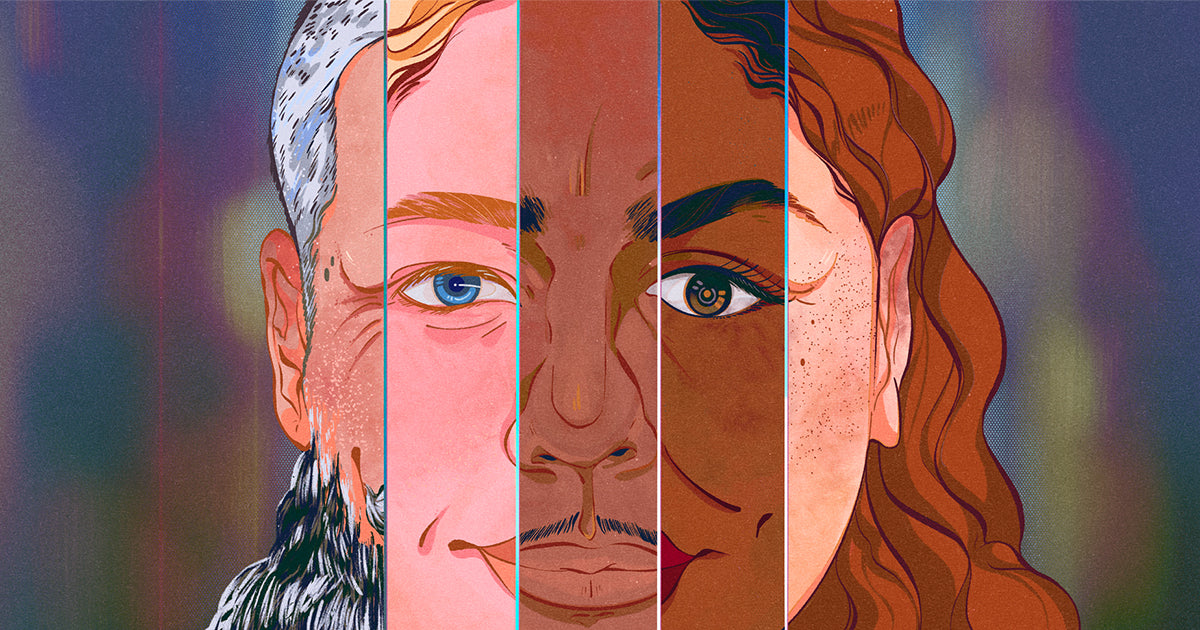
Young again: study shows that comb jellies can age in reverse
For most animals, ageing is a one-way journey. In a recent PNAS publication, researchers Joan Soto-Angel and Pawel Burkhardt discovered that a species of comb jelly can reverse its life cycle, returning from adulthood to a larval stage.
Animals are born, grow, reproduce and die - usually in that order. Only a few species are able to deviate from this general principle, the most famous example being the ‘immortal jellyfish’ Turritopsis dohrnii, which can revert from adult medusa to a polyp. Research led by Michael Sars Centre alumnus and current postdoctoral fellow at the Department of Natural History and University Museum of Bergen, Joan J. Soto-Angel, adds the comb jelly Mnemiopsis leidyi to this exclusive group of age-defying organisms. “We showed that mature lobate stages of M. leidyi are able to reverse to a cydippid larval stage after a period of stress”, Soto-Angel explained. “The fact that we have found a new species that uses this peculiar “time-travel machine” raises fascinating questions about how spread this capacity is across the animal tree of life”.
Ctenophores, also called comb jellies, have long fascinated scientists with their regeneration capacities and their ability to reproduce sexually at the larval stage, blurring the lines between adulthood and immature youth. Previous experiments had concluded that the larva-to-adult transition was irreversible, but when Soto-Angel noticed that an adult ctenophore had vanished from a tank, seemingly replaced by a larva, he became curious to find out if they could be one and the same individual. Together with Michael Sars Centre group leader Pawel Burkhardt, he designed experiments to try and reproduce this potential reversion under controlled conditions.
Leave a Comment
Related Posts


















